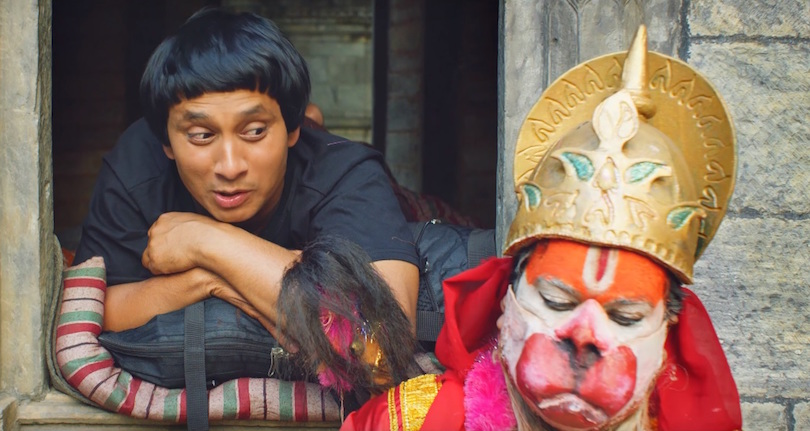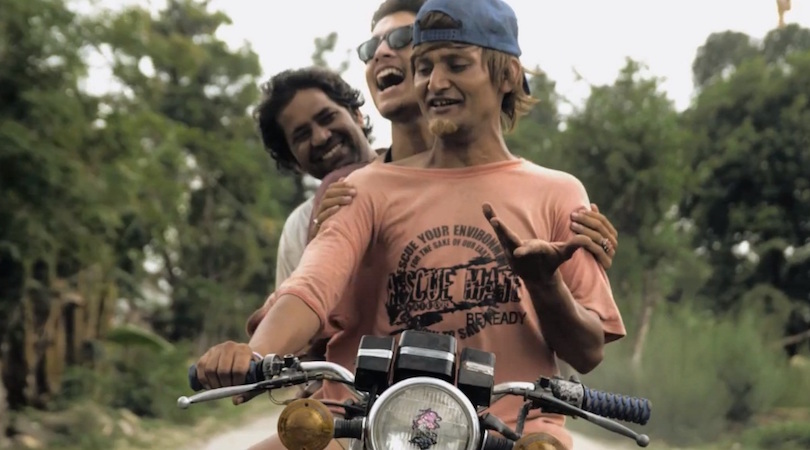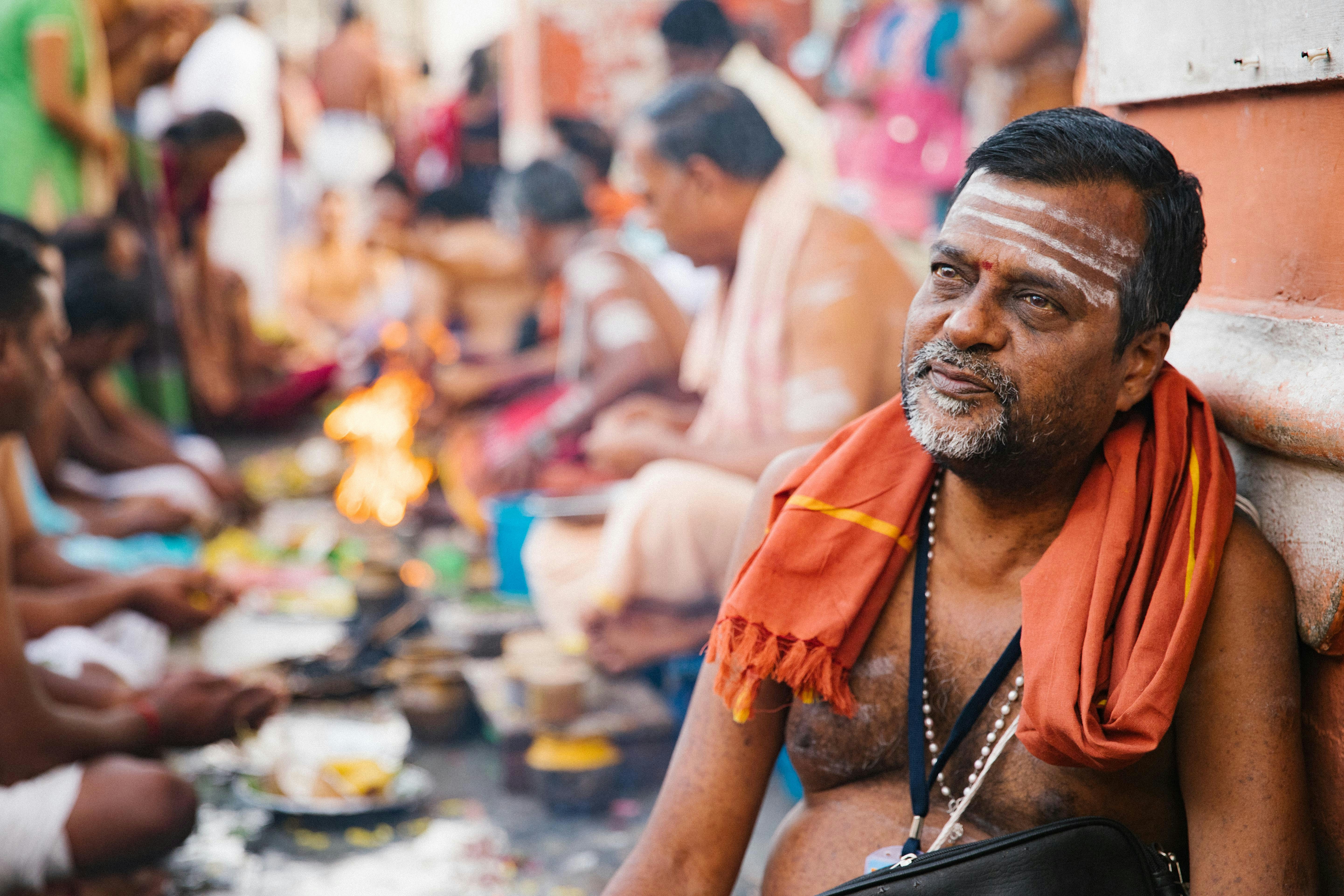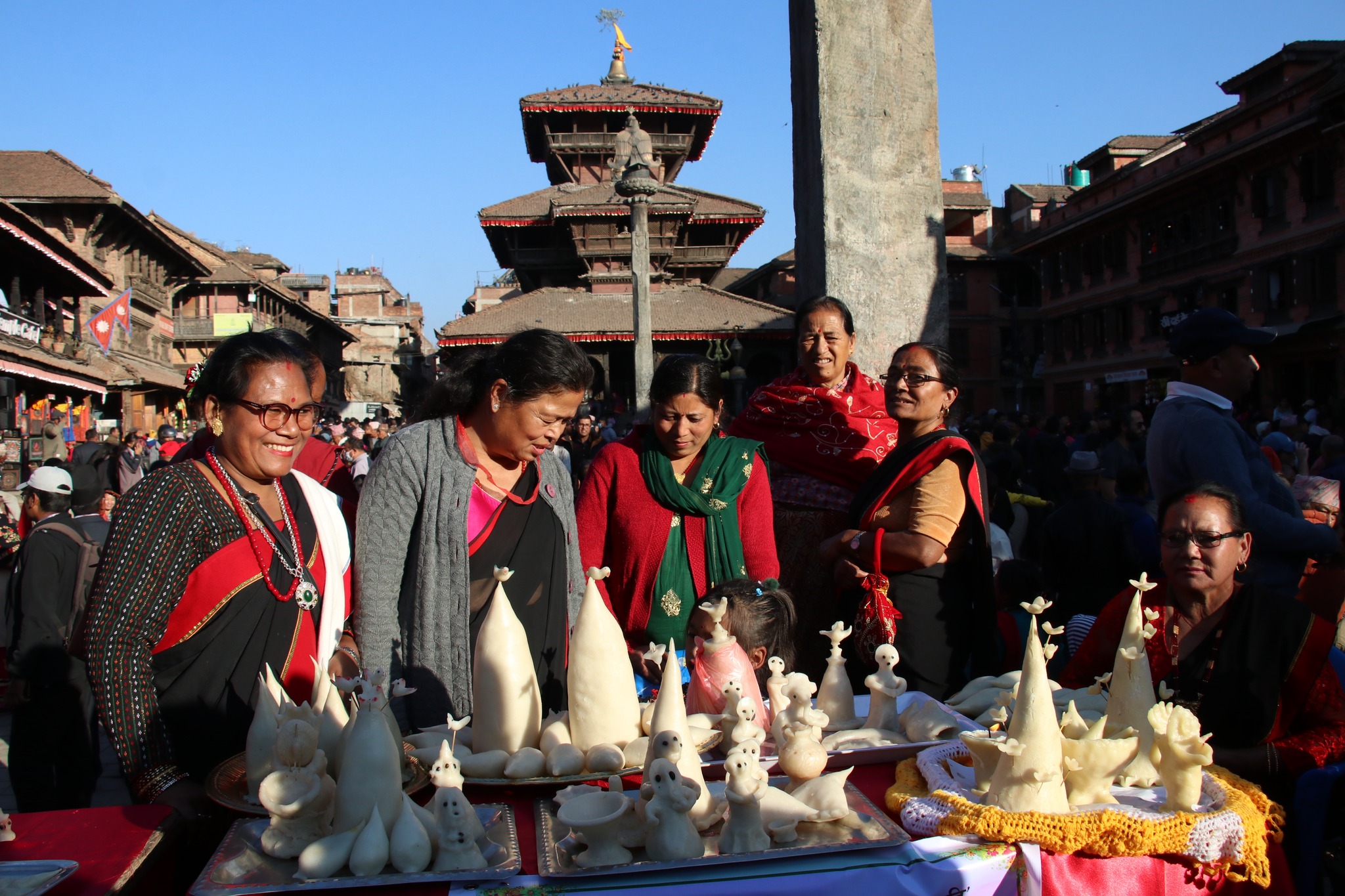
Looking at the films that made headlines this past year, it can be safely said that comedies based on real life situations are a popular choice for Nepali film-goers.
From Kabaddi Kabaddi to Wada Number Chha, comedies released last year received both financial and critical success with actors like Bipin Karki and Khagendra Lamichhane receiving much acclaim for their roles in Pashupati Prasad, the year’s highest grossing movie.
Last year’s comedies also deviated from the ‘slapstick’ genre, effectively carried by popular television series, and instead used satiristic overtones to tell stories of ‘comedy of errors’.
This trend, it seems, will continue this year as well with filmmakers like Nischal Basnet, Rambabu Gurung, Hemraj BC, Dpendra K Khanal, Ujwal Ghimire, Sudarshan Thapa, Nilu Dolma Sherpa, all experimenting with variations of the genre.
But if history serves right, one single genre cannot sustain an entire film industry.

“If we see the current trend, it seems like comedy is a failsafe,” says producer and filmmaker Asim Shah who produced the movie Karkash. “But my question is whether audience wants the filmmakers to stick to such pattern or do they want to see newer genres to be ventured upon. Right now, action films, crime and thrillers and even love stories are bombing at the box office. We now need to explore newer styles of storytelling; otherwise Nepali audience will quickly lose faith in comedy as well.”
If we see the pattern from the past twenty years or so, the years leading to the 90s could rightly serve as the golden age of Nepali cinema. With filmmakers like Nir Shah experimenting on historical films to Tulsi Ghimire’s subaltern characters, Laxmi Nath Sharma bringing in supernatural themes to the late Shiva Regmi’s modern approach to love stories, Nepali cinema then was diverse.
If these newer form of comedy also bombs at the box office like most films of non-comedy genres are now, it will be more telling of the indiscretion of the audience more than the inaptitude of filmmakers.
But at the turn of the century, Nepali films lost their voice somewhere and spiralled into a web of unoriginality. Movies were repeatedly called ‘inorganic’, and the audience shrugged them off calling them ‘copied cinema’.
Now, the audience has a variety of movies to choose from. What Nepali filmgoers now need to understand is that it’s not only the filmmakers who decide the age of a film industry. The power is vested upon the audience, too.
Giving non-comedy movies a chance is a good place to start.

Gangster or crime films are failing these days because the audience is used to lavishly-mounted productions from abroad. They seem to be absolutely convinced that Nepali filmmakers cannot make such movies. However, the technology to make such films in industries worldwide has grown exponentially and our industry needs a lot of catching up to do with room for more training and experimentation. And this is not only the case with crime films. Other genres pretty much face similar concerns.
Right now, comedy is one such genre where such limitations are less applicable. But in the days to come, the genre will evolve to accommodate dark comedy, Shakespearean-styled humour of errors, humour-based social drama, and so on.
If these newer forms of comedy also bomb at the box office like most films of non-comedy genres are now, it will be more telling of the indiscretion of the audience more than the inaptitude of filmmakers.
In the process of evolution, experimentation is the key. Hopefully, with audiences’ discretion, our tradition of love stories will also find a new voice by being more locally-inclined with geographically diverse story lines.
Audiences need to take part in the filmmaking process themselves by rightly reviewing their concerns towards such films, not completely disregard it. A mere social media outburst for a certain film cannot and will not carry our cinema any further. In the grand tradition of cinema, the audience is as influential as the filmmakers.
The clock is ticking for Nepali films. It’s now in the hands of the audience to define the new-age Nepali cinema. Are we, as viewers, up for such an opportunity to define our own culture?
I think we truly are.
***
Also read
It’s Friday, but Nepali cinema-goers are not watching Nepali movies. Here’s why
2072: The year of comedies and performance-driven characters
























